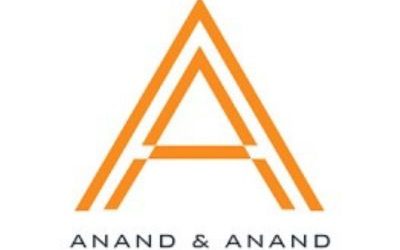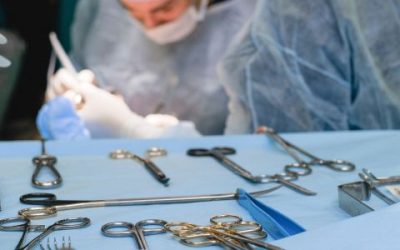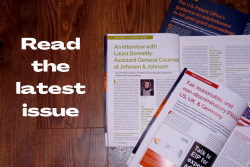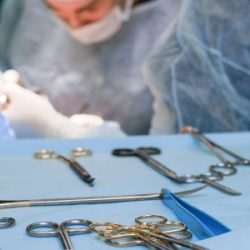Our Editor-in-Chief, Faye Waterford, had the unique opportunity to attend Potter Clarkson’s residential IP Summer School, an exclusive event that took place on June 25-26 at the University of Nottingham.
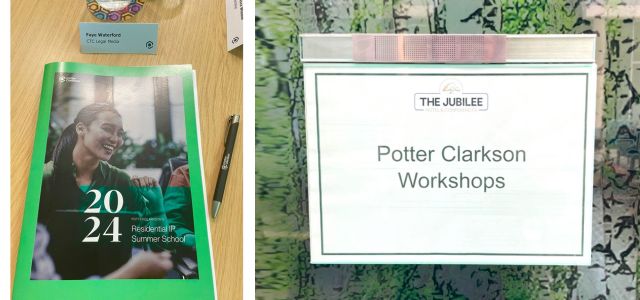
After a very warm welcome and humorous icebreaker conducted by the Potter Clarkson team – Edwina FitzHugh, Senior Attorney, Harrison Lee, Senior Attorney, Peter Mumford, Senior Attorney, Stephen Moor, Senior Attorney, Marianna Foerg, Associate, Kate Marrs, Associate – the day began by introducing the foundational elements of IP to the delegates, an esteemed selection of corporate professionals with ranging experiences in handling IP matters for their respective companies.
The Potter Clarkson team outlined the benefits of obtaining the IP rights in question – be it patent, trademark, copyright, trade secrets, or registered design – and provided an overview of the process for obtaining each method of protection.
From here, a case study was presented to the group (which had been split into four teams) that outlined a scenario in which an entrepreneur had set up a furniture business and was seeking advice on how best to protect her innovations and brand.
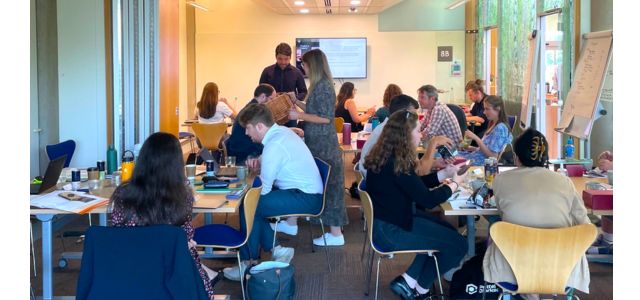
Throughout the day, the groups were actively engaged in tasks that required them to identify the aspects of the business that could potentially be protected by IP, determine which IP was most suited to which commodity, and weigh the advantages and disadvantages of protection based on different strategies.
By the end of day one, each team had developed a two-year plan for protecting IP for the given case study, analyzing the associated costs, potential benefits and risks, and considering the business trajectory based on the chosen IP strategy.
After much discussion and disagreement within the room, the Potter Clarkson team agreed to devise their own strategy to present to the group the following morning after questions were raised about what they would do as legal professionals!
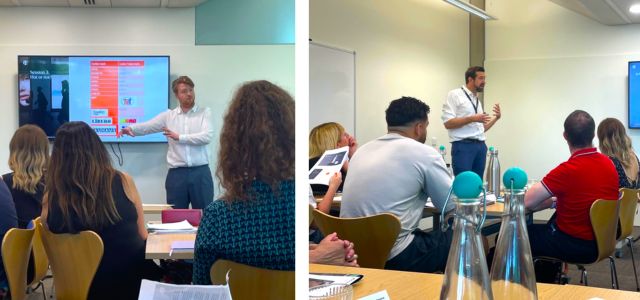
Day one concluded with a networking dinner during which the broad spectrum of professionals had the opportunity to reflect on the day’s learnings, discuss new ideas, and forge long-term connections.
Over dinner, Douglas McPherson, Head of Business Development, expressed that he had originally pictured “an opportunity to connect IP professionals at different stages of their careers and from different sectors to help build up a broader understanding of the strategic and commercial impact IP can have on a business’ success. It’s great to see it come to life! It’s even better to see everyone so actively engaged and forthcoming during the group activities. I really hope everyone picks up a few useful new ideas they can use to take their businesses and their careers forward.”
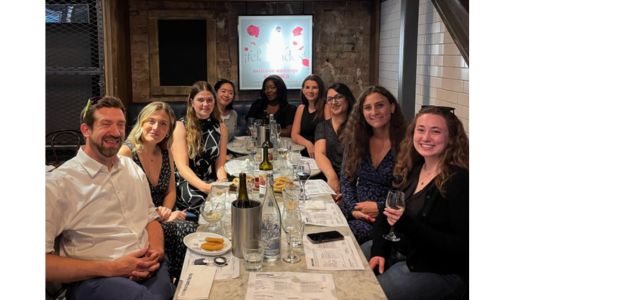
Following a heated debate about the preferential IP strategy based on the given budget and scenario from day one, day two began with an explanation of the strategy selected by the Potter Clarkson team. This was not part of their plan but did provide invaluable insight into how a legal team would tackle the situation. The team proved to be good sports!
Having heard what the legal professionals would do, the group was presented with an alternative IP strategy to continue the investigation into IP for the case study. There was an opportunity to contemplate the choices made and the potential risks and benefits following the implementation of the strategy.
From here, case scenarios were presented to delve deeper and develop a greater understanding of how to enforce and exploit IP rights.
Through a range of group activities, the room developed a better understanding of types of infringement and how to enforce these, considering the cost and time for court cases on whether there are alternative opportunities that pose better benefits for SMEs, how clauses in a patent claim can come up against rivalry and how important details and timing are with the registration of innovation, and how jurisdiction must be considered from a brand identity as well as product infringement perspectives.
With regard to exploitation, the group was exposed to assignments, licensing, distribution, franchising, and manufacturing, considering elements such as exclusive, non-exclusive, and sole licenses, as well as royalties, quality control, classification of IP ownership, and the possible pitfalls of not outlining the finer details.
With the assistance of scenarios, the room was alive with discussion of available opportunities and potential drawbacks, raising important questions and offering unique answers from a range of perspectives based on a culmination of lived experiences across different job functions and the learnings of the past two days.
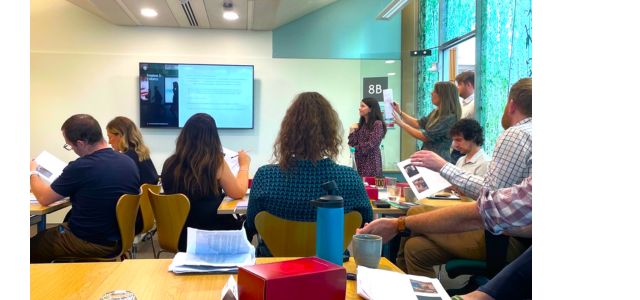
Following a further networking dinner, the course was concluded, with those attending having gained a wider understanding of how to protect and apply IP, the time frame and costs involved in protection, and the broader commercial benefits of protecting IP.
Thank you to Potter Clarkson for their hospitality!
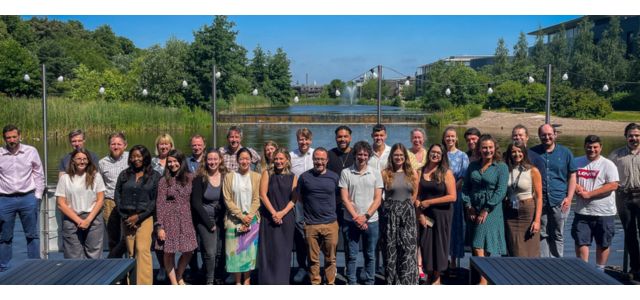
You may also like…
Pravin Anand conferred with the APAA Enduring Impact Award
Pre-eminent IP Lawyer and Managing Partner of Anand and Anand, Mr Pravin Anand, has been conferred with the...
The quiet power of confidentiality clubs in SEP litigation
In standard essential patent (SEP) disputes, especially those involving FRAND (Fair, Reasonable, and...
A $10 million patent win reduced to a $1 lesson in damages
In a decision that will resonate as a stark warning to patent litigants, the US Court of Appeals for the Federal...
Contact us to write for out Newsletter


